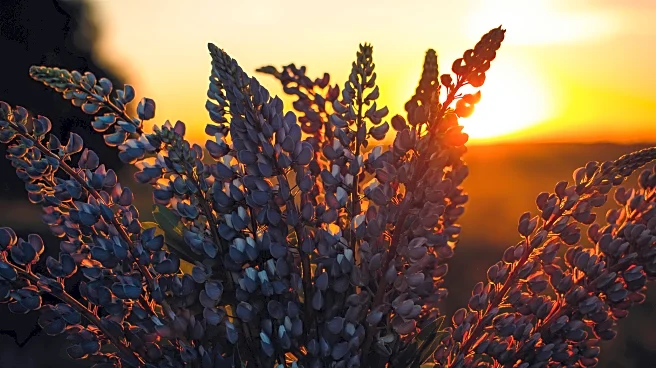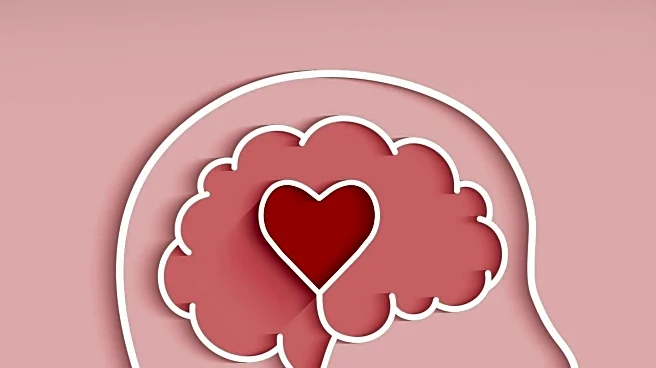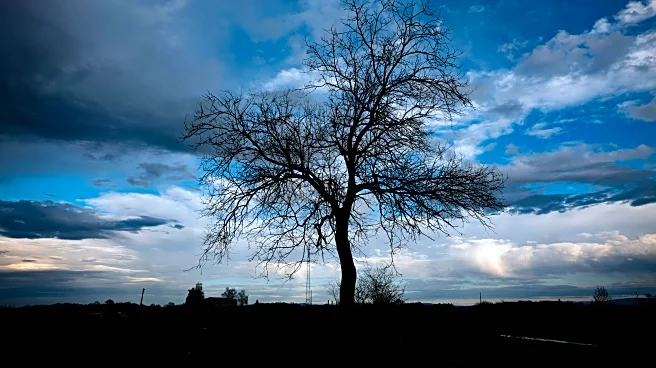What's Happening?
As winter approaches, many individuals experience a condition known as Seasonal Affective Disorder (SAD), a form of depression triggered by reduced sunlight and biological changes. This disorder affects mood, energy, and sensory experiences, often leading
to symptoms such as sadness, fatigue, and anhedonia. The condition is linked to changes in serotonin and melatonin levels due to diminished sunlight, affecting the brain's internal clock and reward systems. Neuroimaging studies have shown altered activity in brain regions associated with reward and sensory processing in individuals with SAD.
Why It's Important?
SAD has significant implications for mental health, particularly in regions with pronounced seasonal changes. Understanding the neurobiological underpinnings of SAD can lead to more effective treatments and interventions. Light therapy, physical activity, and Cognitive Behavioral Therapy (CBT) are among the strategies that have shown promise in alleviating symptoms. The disorder's impact on sensory experiences, such as taste and pleasure, highlights the need for a comprehensive approach to treatment that addresses both mood and sensory imbalances.
What's Next?
Advancements in precision psychiatry and neuroscience are paving the way for more personalized treatments for SAD. By studying individual responses to neurotransmitters and stress, researchers aim to develop targeted therapies that address the specific symptoms experienced by each patient. This approach could lead to more effective management of SAD and improve the quality of life for those affected.
Beyond the Headlines
The recognition of SAD as a multi-system condition underscores the importance of viewing depression as more than just a mood disorder. By considering the sensory and biological aspects of the condition, healthcare providers can offer more holistic care. As research continues, the integration of neuroplasticity and AI-guided psychiatry may further enhance treatment options, offering hope for those struggling with the winter blues.














